“When the five senses and mind are still, and reason itself rests in silence, then the supreme path begins. This calm sense firmness is called Yoga. But one must be aware, as Yoga comes and goes” (Katha Upanishad)
“Yoga Chitta Vritti Nirodha” = “Yoga is the cessation of the fluctuations of the mind” (Yoga Sutras de Patañjali – Raja Yoga)

PRĀṆĀYĀMA
“Pranayama consists of three movements: inhalation, exhalation and retention, prolonged and smooth, all of them precisely regulated according to duration and place.”
“Pranayama removes the veil that covers the light of knowledge and announces the principle of wisdom.” Patanjali.
Learn more about pránáyáma

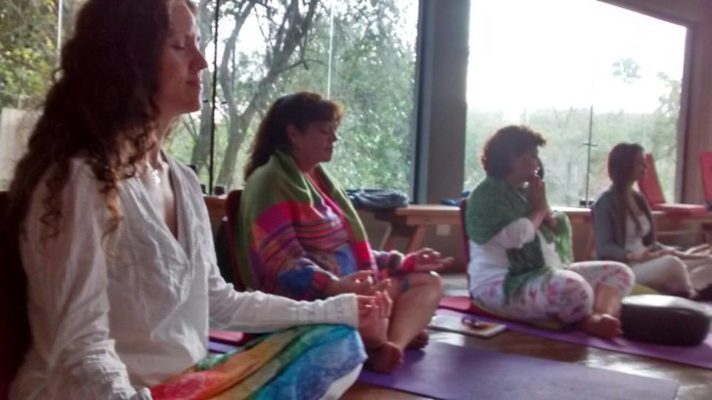
SAMYAMA
In Patanjali’s Yoga Sutra, samyama is the ensemble formed by Dhárana (concentration), Dhyána (meditation), and Samádhi (enlightenment or hyperconsciousness), each stage being the deepening of the previous.
Learn more about Meditation

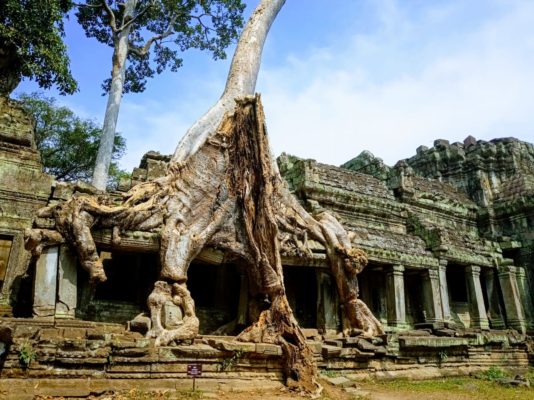
YAMAS & NIYAMAS
Yamas and Niyamas are ethical and moral precepts of Yoga. While Yamas are related to social conduct and interaction with others, Niyamas refer to personal conduct and inner attitude.
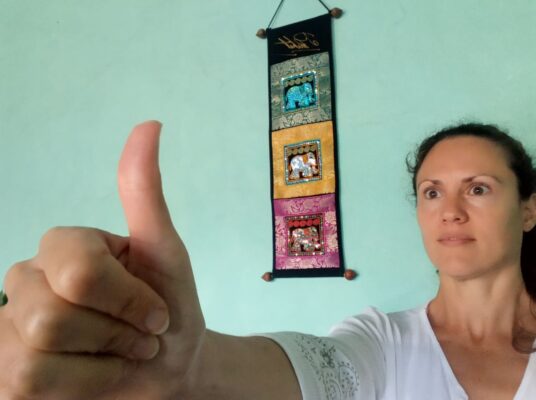
DRISHTI & TRATAKA
Drishti derives from the word drish, which literally means to look. Drishtis are eye fixation techniques. The most important are naságra, the fixation at the tip of the nose; bhrúmadhya, concentration in the intermediary; and bhúcharí drishti, ocular fixation in the void.
Tratka is the concentration of the gaze (internal or external) in a single object (either with eyes open or closed – visualization).
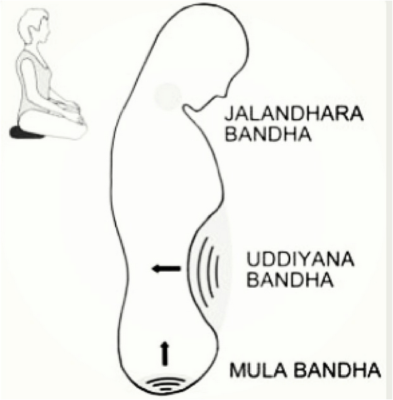
BANDHAS
“Contract the abdomen both up and under the navel. Push it back so that the abdominal organs are compressed against the spine. Whoever practices this seal will continually overcome death. Thanks to this technique, the ‘great bird’ (hamsa), the vital force (prana), is forced insistently to ‘fly up’ (uddin), that is, to ascend the channel. central (sushumna-nadi).” Gheranda Samhita
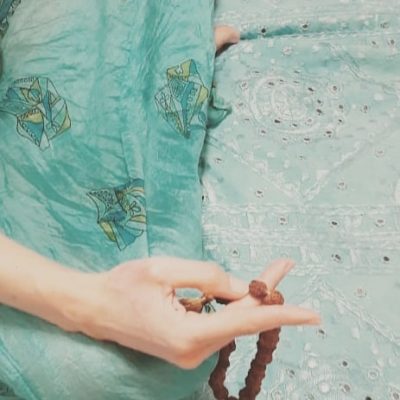
MANTRAS
The word mantra means instrument for thought. Mantra is a sound formula that has a meaning, a vibration.
On the one hand, they constitute a preparation to purify the thoughts, and on the other, they are contemplative practices designed to recall the teaching.

 WhatsApp
WhatsApp 

